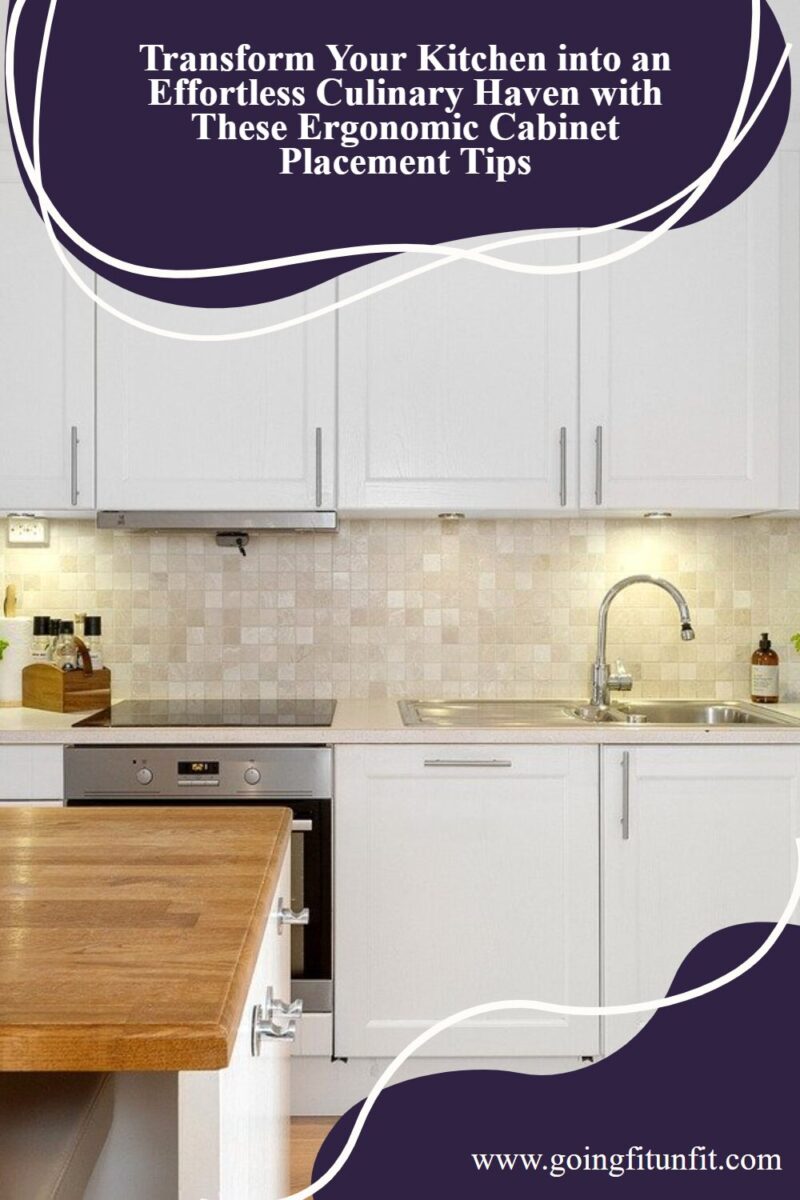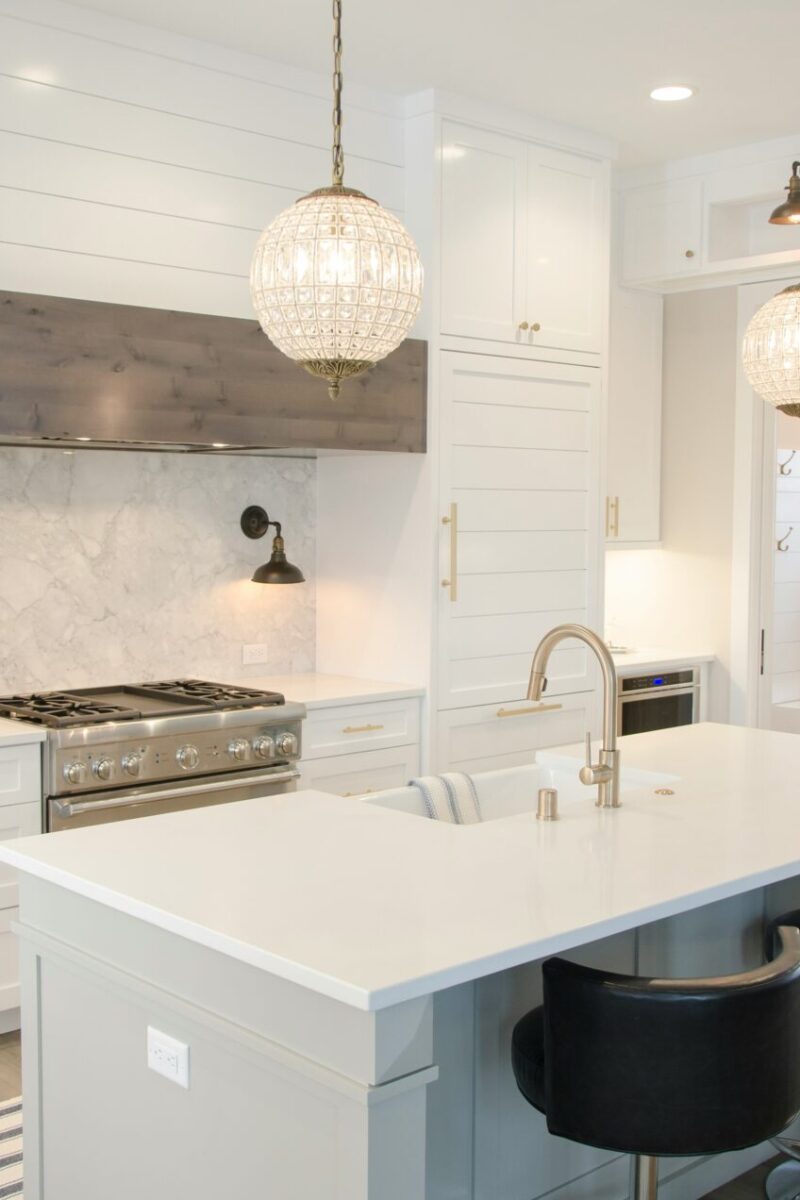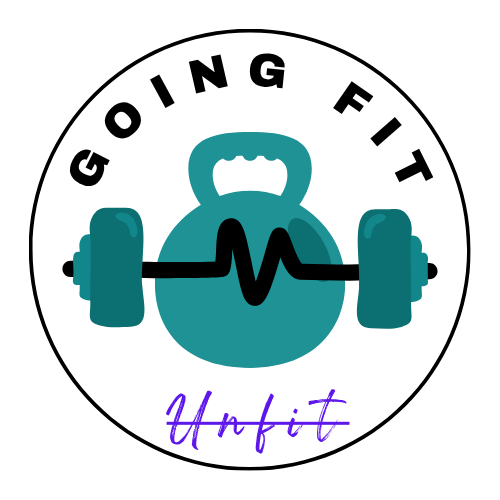
In the realm of kitchen design, ergonomics is not merely a buzzword; it is a fundamental principle that enhances both functionality and user comfort.
As an architect passionate about creating spaces that harmonize aesthetics and practicality, I have come to appreciate the profound impact of ergonomic cabinet placement and accessibility on the culinary experience. The kitchen, often regarded as the heart of the home, demands careful consideration of how its elements interact with the human body to promote efficiency and ease of use.
Understanding Ergonomics in Kitchen Design
At its core, ergonomics is the science of designing environments that fit users’ physical capabilities and limitations. This translates into layouts that minimize strain and maximize comfort during everyday tasks in kitchen design.
The positioning of cabinets plays a crucial role in achieving this balance. By adhering to ergonomic principles, we can create a kitchen that looks stunning and functions seamlessly.
The Kitchen Work Triangle: A Foundation for Efficiency
One of the foundational concepts in ergonomic kitchen design is the kitchen work triangle. This principle involves strategically arranging the three primary work areas—the sink, stove, and refrigerator—into a triangular layout.
The distances between these points should ideally range from four to nine feet, ensuring easy movement without overcrowding. This configuration minimizes unnecessary walking and promotes an efficient workflow, allowing users to transition smoothly between tasks.
Cabinet Placement: Height Matters
When it comes to figuring out where to put cabinets, height really matters. Upper cabinets should be placed so you can easily grab what you need without stretching too much. The best spot is usually just above eye level or at elbow height when reaching up. This is super important for stuff you use all the time, like dishes or cooking tools, which should be easy to access. Since I’m shorter than my husband, I often have him get to the things on higher shelves that I can’t reach on my own.
Lower cabinets also require thoughtful placement. They should house essential items used regularly, reducing the need for bending or crouching. Incorporating features such as pull-out shelves or deep drawers can significantly enhance accessibility, allowing users to access items stored at the back without discomfort. These design elements improve functionality and contribute to a more organized kitchen environment.
Customization for Diverse Needs
Every user has unique requirements based on their height, mobility, and cooking habits. Therefore, customization in cabinet design is essential for creating an ergonomic kitchen. For instance, adjustable shelving within cabinets allows homeowners to tailor their storage solutions according to their specific needs. This adaptability ensures that frequently used items are easily accessible while less commonly used items can be stored higher up.
Moreover, considering diverse user profiles is crucial in ergonomic design. For example, in households with varying heights or mobility challenges, incorporating multiple countertop heights can effectively accommodate different users. Lower surfaces may be ideal for baking or kneading dough, while standard heights serve well for food preparation and cooking.
Smart Storage Solutions: Maximizing Accessibility
Incorporating smart storage solutions is another vital aspect of ergonomic cabinet design. Traditional cabinetry often falls short in terms of accessibility due to deep shelves that make reaching items at the back difficult. Modern designs utilize features such as lazy Susans, pull-out racks, and drawer dividers that facilitate organization and ease of access to combat this issue.
For instance, integrating pull-out pantry shelves allows users to retrieve ingredients without bending down uncomfortably or stretching excessively. Similarly, specialized storage solutions such as spice rack drawers or utensil dividers can streamline the organization and ensure everything has its designated place.
Lighting: Enhancing Visibility and Safety

An often-overlooked aspect of ergonomic kitchen design is lighting. Proper illumination is essential for visibility and safety during food preparation tasks. Under-cabinet lighting provides focused illumination on work surfaces, reducing eye strain and enhancing precision while chopping or measuring ingredients.
Additionally, incorporating natural light through windows or skylights can create a more inviting atmosphere while improving overall well-being in the kitchen space.
The Role of Appliances in Ergonomic Kitchen Design
While cabinets play a significant role in ergonomic kitchen design, appliances must also be considered carefully. Choosing appliances with user-friendly features—such as adjustable shelving in refrigerators or drawer-style dishwashers—can further enhance accessibility.
Wall ovens positioned at waist height eliminate the need for bending down while loading or unloading dishes, promoting a safer cooking environment.
Cultural Considerations: Chinese Kitchen Cabinets
Incorporating cultural elements into kitchen design can also enhance ergonomics. For example, Chinese kitchen cabinets often feature lower countertop heights tailored to traditional cooking practices that involve extensive chopping and food preparation at lower levels.
By understanding cultural practices and preferences, designers can create kitchens that resonate with users on multiple levels while maintaining ergonomic integrity.
Conclusion: Crafting an Ergonomically Sound Kitchen
The journey toward creating an ergonomic kitchen begins with understanding the intricate relationship between human movement and spatial design. Thoughtful cabinet placement and accessibility are key components in this equation; they transform a mere cooking space into a sanctuary of efficiency and comfort.
As you embark on your kitchen design project—whether a renovation or a new build—consider how each element interacts within your unique space. By prioritizing ergonomics through strategic cabinet placement, customizable storage solutions, effective lighting, and appliance selection, you can craft a kitchen that meets your practical needs and enhances your overall quality of life.
In essence, an ergonomically designed kitchen is not just about aesthetics; it’s about creating an environment where culinary creativity flourishes effortlessly—a space where every detail has been meticulously crafted to support your lifestyle and elevate your daily experiences in the heart of your home.





I would love to invest in new cabinets.
That sounds like a great idea! New cabinets can completely transform a space and add both style and functionality. Are you thinking about a specific design or material? I’d love to hear more about your vision!